There can be your advertisement
300x150
Ships and Towers: Most Unusual Houses of the 70s-80s
These houses are witnesses of an era when Soviet architects dreamed of the future and brought those dreams to life in concrete and glass
Imagine walking down a regular street and suddenly seeing a ship-shaped house ready to set sail into space, or a tower that seems to have grown from the earth itself. Sounds like science fiction? It's reality of Soviet architecture from the 70s-80s, when architects decided that boring boxes weren't for them.
Main points of the article:
- Architects of the 70s-80s created ship-shaped houses, towers and 'flying saucers' instead of standard panels;
- Many unusual buildings became iconic and still amaze city dwellers;
- Experimental architecture of that time anticipated modern trends by decades;
- Many such houses remain in Russia, turning into true urban legends;
- Living in these homes was not only prestigious but also technologically advanced for those times.
When Architects Rebellled Against Boxes
In the middle of the 70s, something clicked in the minds of Soviet builders. Tired of identical panels, standard projects and the monotony of everyday life, they wanted to create something cosmic — both literally and metaphorically. The space age dictated its rules: if people could fly to space, they should also live in future homes.
Ship-shaped Houses: Sailing on Land is Also Possible
Architects especially loved the nautical theme. The ship-shaped house on Vatutina Street in Moscow still looks as if it's ready to raise anchor and set sail. Its creators were inspired by cruise liners: long facade curves, 'decks' - balconies and even something like a captain's bridge on the upper floor. Residents of such houses say that the feeling of a 'maritime journey' never leaves them even when they're at home.
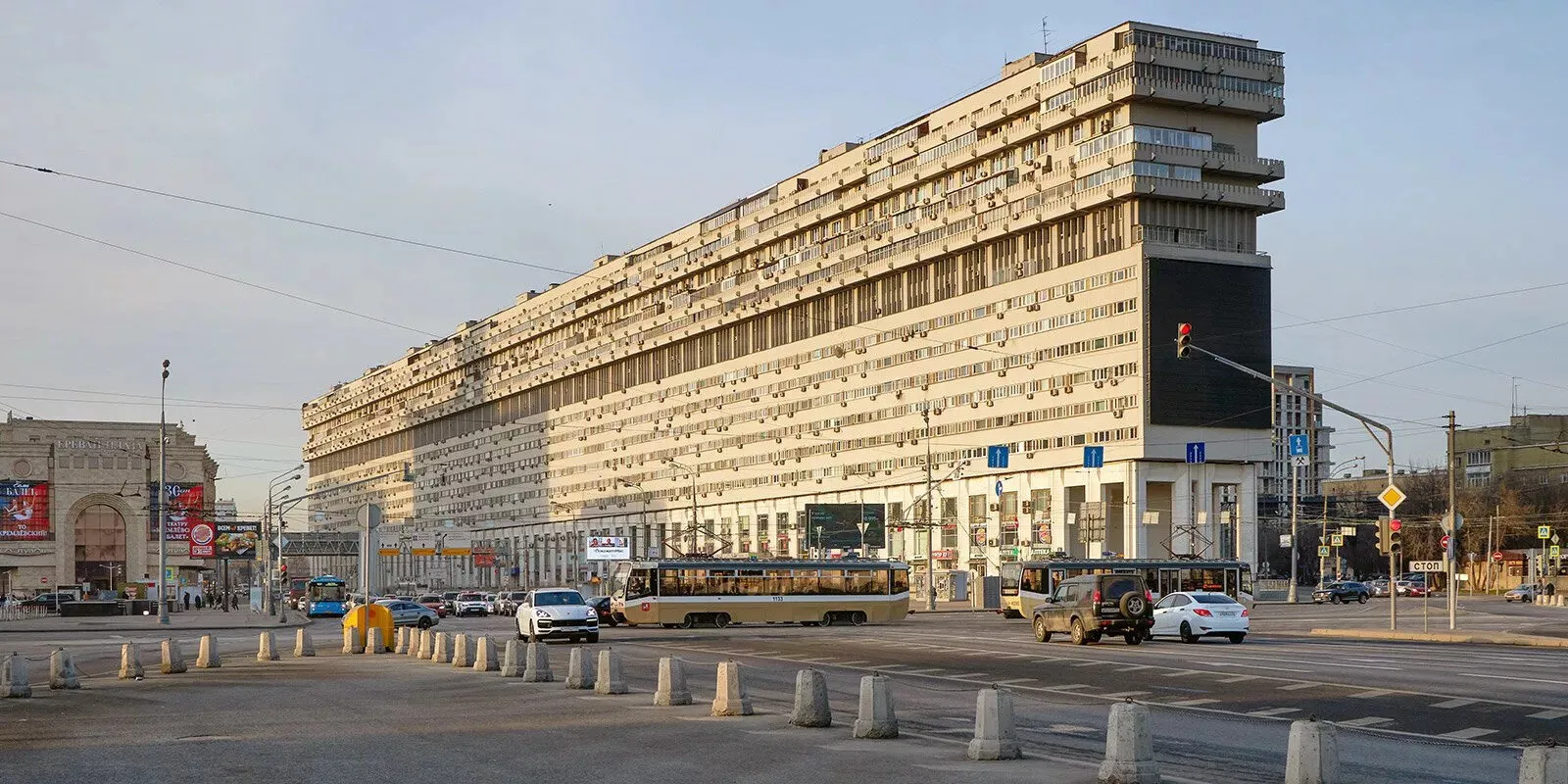
Photo from mos.ru
Towers That Touch the Sky
If ships symbolized horizontal journeys, then towers aimed vertically. The famous 'White Tower' in Yekaterinburg has become a true symbol of the city. Its cylindrical form and snow-white facade create an impression that the building grows straight from the earth, like a giant mushroom or a rocket at launch.
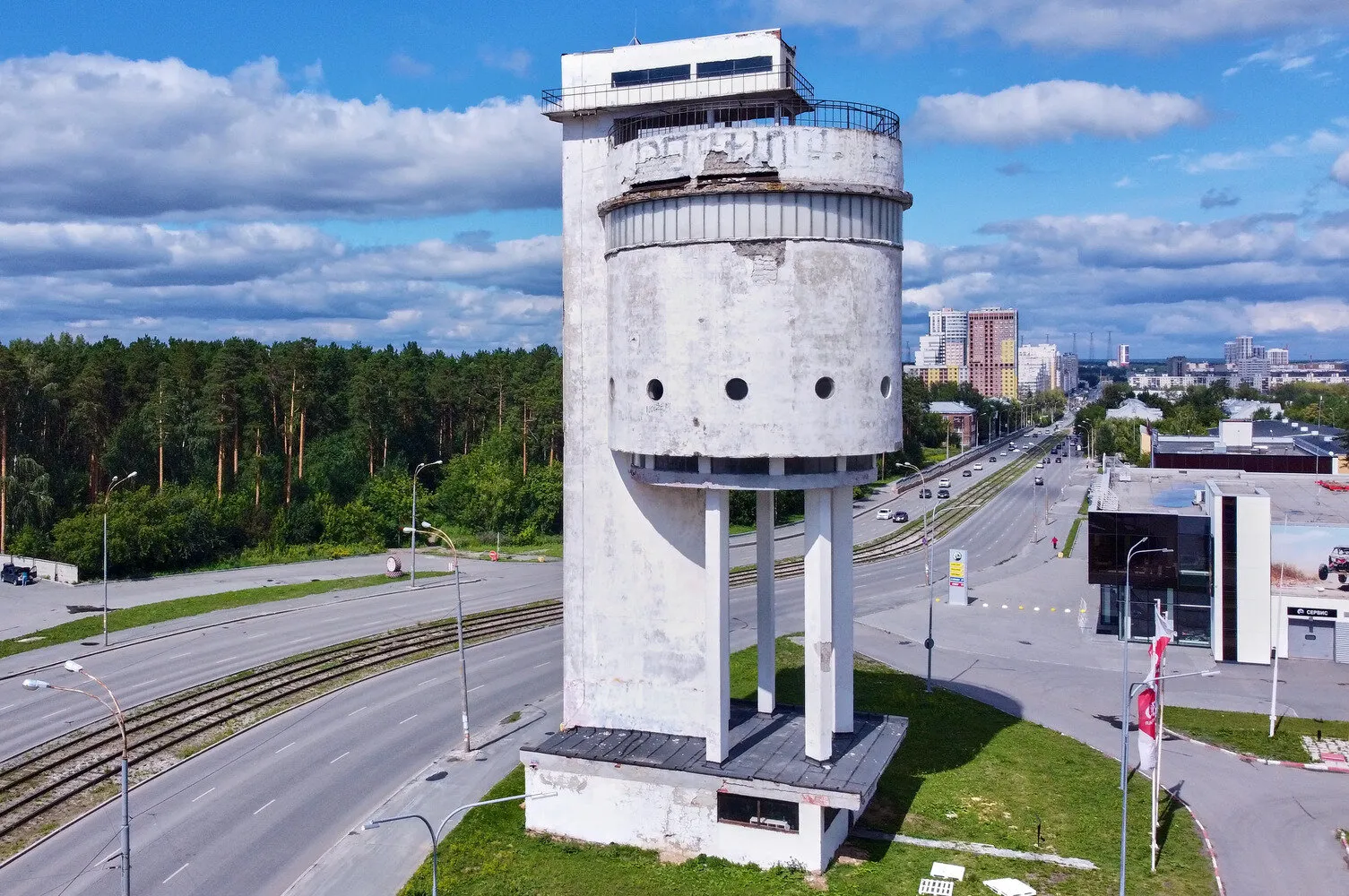
Photo from commons.m.wikimedia.org
Geometry as a New Religion
The 70s-80s were marked by a true cult of geometry in architecture. Triangular houses, pyramids, polyhedra — all were used. In Zelenograd appeared an accordion-like house with a zigzag facade.

Photo from pinterest.com
Future Technologies in the Past
The unusual shapes were just the tip of the iceberg. Architects of the 70s-80s actively introduced technological innovations that today seem ordinary. Central air conditioning, pneumatic garbage chutes, programmable elevators — all of this appeared in experimental buildings of that time.
What It's Like to Live in Architectural Monuments
Romance is romance, but daily life is serious. Residents of unusual houses share their experience: beauty comes at a price. Round rooms complicate furniture placement, panoramic windows increase heating bills, and non-standard layouts make renovations a puzzle.
But neighbors in such houses are special — creative and open to experiments. 'We have artists, musicians, writers living in our ship-shaped house,' says a resident of the Moscow house on Vatutina Street. 'It feels like architecture itself attracts creative people.'
The Legacy We Often Underestimate
Many architectural experiments of the 70s-80s today are recognized as monuments and protected by the state. But not all. Some unique buildings are demolished, renovated or simply forgotten. Yet these houses are witnesses of an era when Soviet architects dreamed of the future and brought those dreams to life in concrete and glass.
Today's architects often turn to this legacy, borrowing bold forms and unexpected solutions. It turns out that houses from the 70s-80s were not just experiments, but prophecies — they showed what future housing could look like.
Walking through the city, pay closer attention to unusual buildings. Perhaps right next to you stands a true architectural masterpiece — a time ship that will transport you to an era when architects didn't fear dreaming and building the impossible. Who knows — maybe such houses will become ordinary in a few decades.
Cover photo from pinterest.com
More articles:
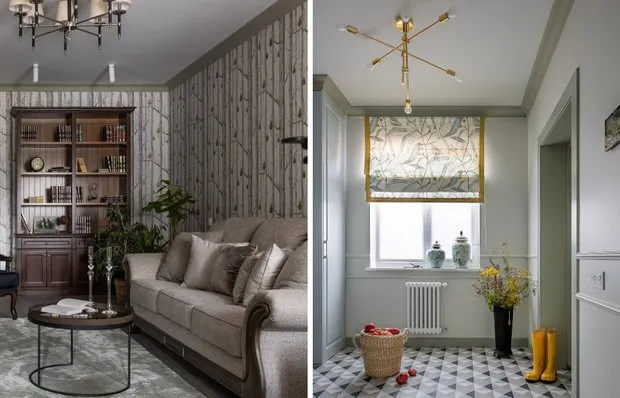 7 Ideas from a House in Bashkortostan That Will Fill Interior with Harmony of Nature
7 Ideas from a House in Bashkortostan That Will Fill Interior with Harmony of Nature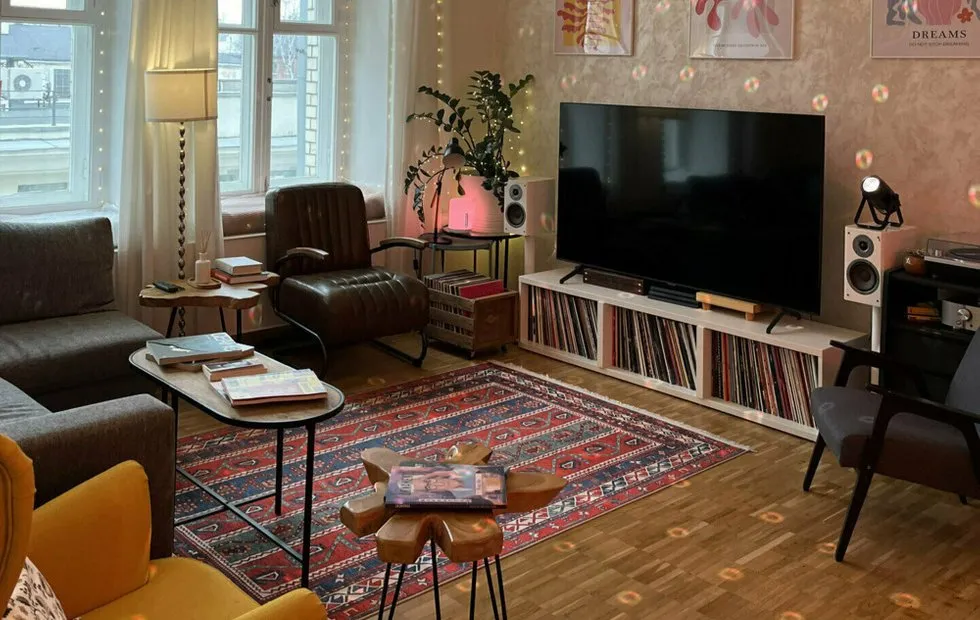 How to Make a Rental Apartment Cozy Without Violating the Lease
How to Make a Rental Apartment Cozy Without Violating the Lease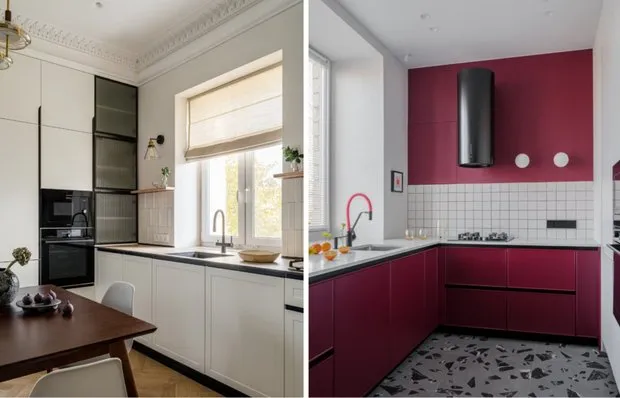 6 Ideas for a Kitchen Up to 6 m² That Everyone Can Replicate
6 Ideas for a Kitchen Up to 6 m² That Everyone Can Replicate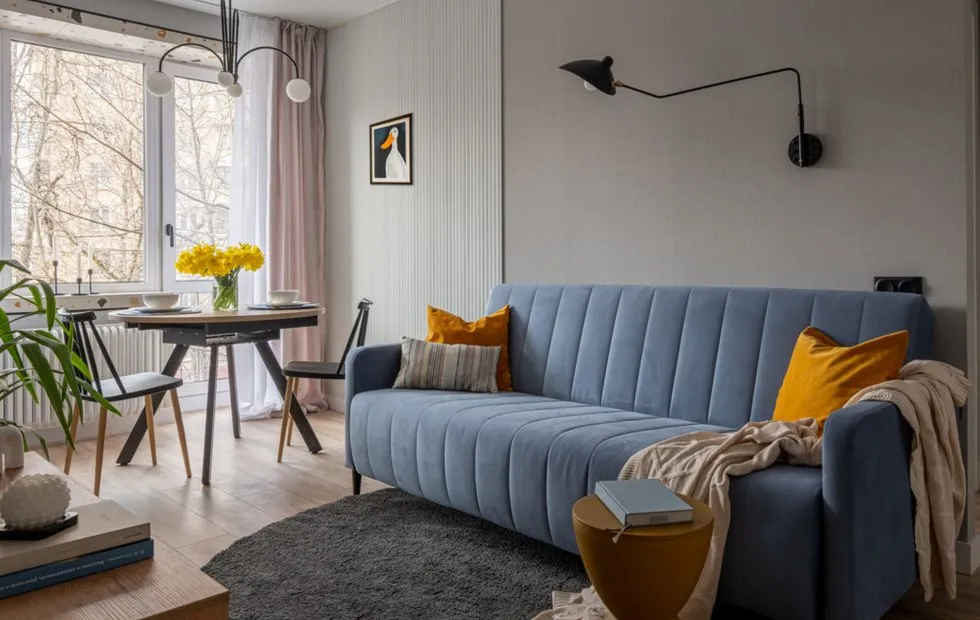 Khrushchev vs Euro Renovation: What Can Be Done for 200 Thousand Rubles
Khrushchev vs Euro Renovation: What Can Be Done for 200 Thousand Rubles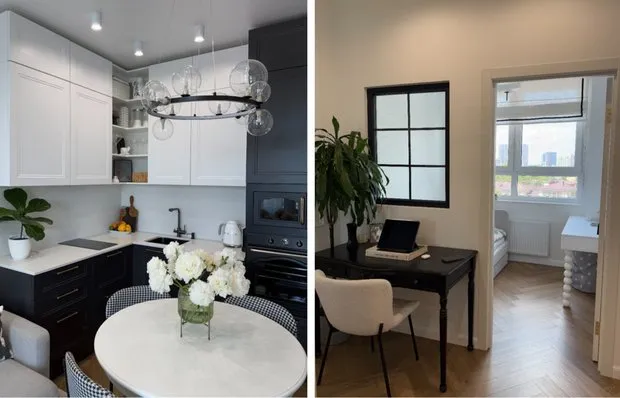 Maximize Space in a 36 sqm Eurodouble
Maximize Space in a 36 sqm Eurodouble Mia Pliyescaya's Apartment on Tverskaya: How the Greatest Ballerina Lived at Home
Mia Pliyescaya's Apartment on Tverskaya: How the Greatest Ballerina Lived at Home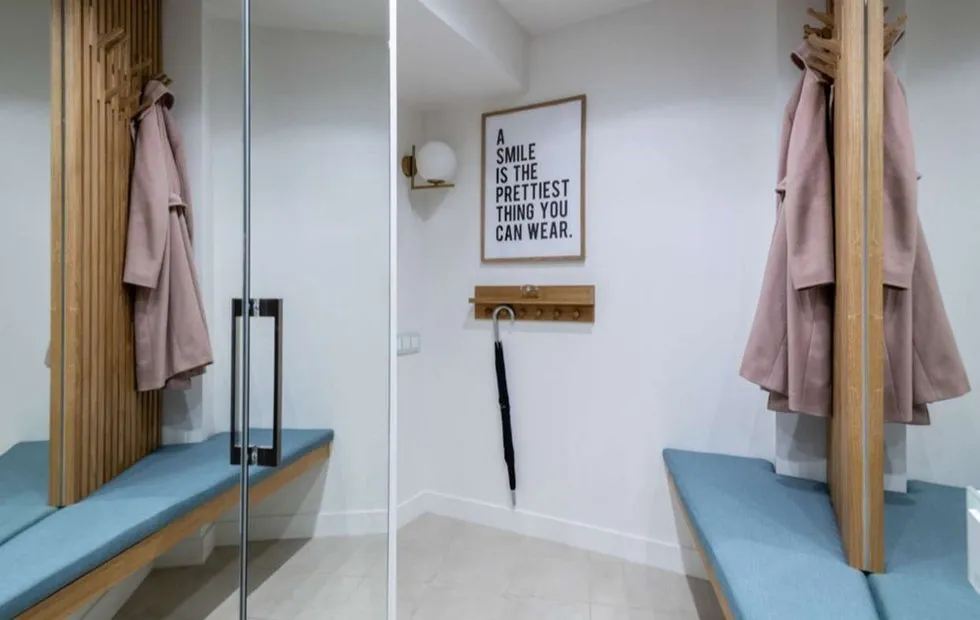 Narrow 2 sq m Entrance Hall: What to Remove, Add, and Where to Find Space for Everything
Narrow 2 sq m Entrance Hall: What to Remove, Add, and Where to Find Space for Everything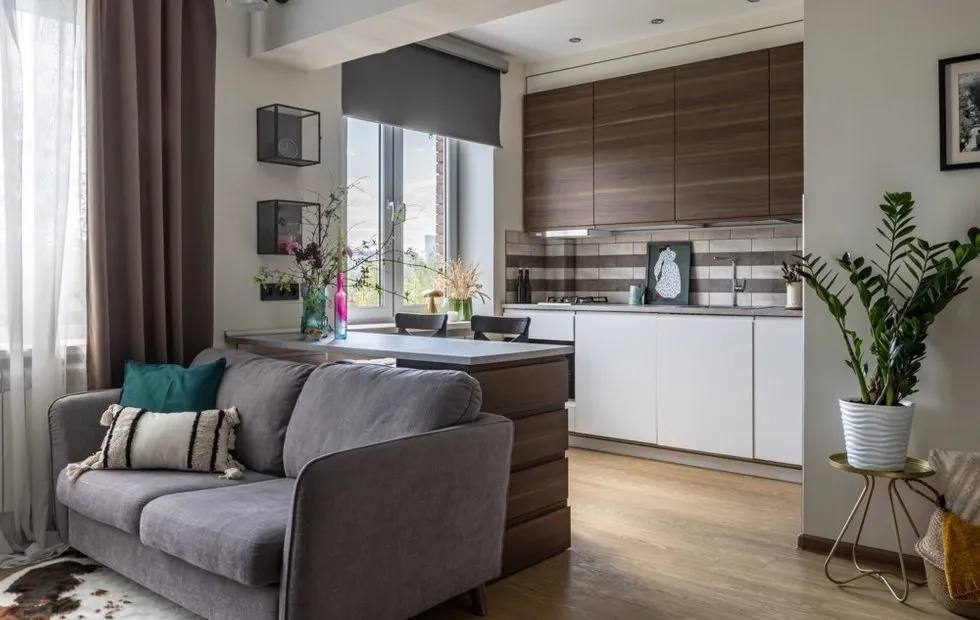 Repair in a Khrushchyovka: Where You Can Save Money and Where It's Better Not to Skimp
Repair in a Khrushchyovka: Where You Can Save Money and Where It's Better Not to Skimp